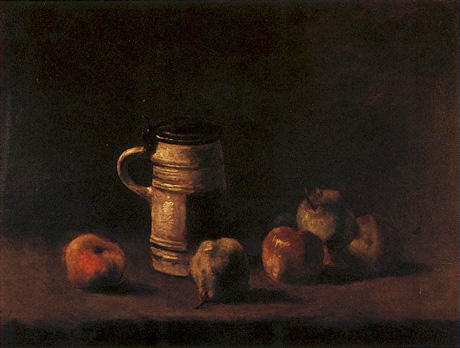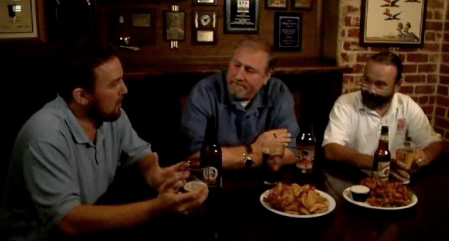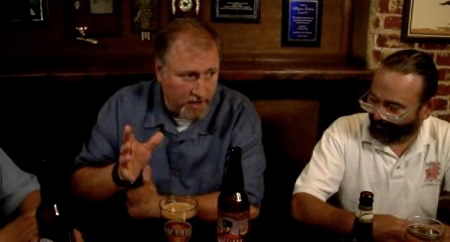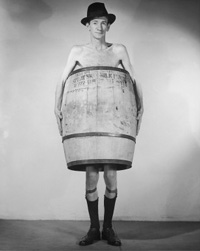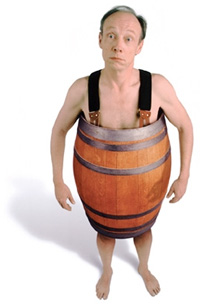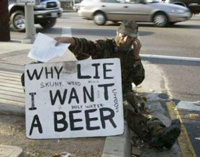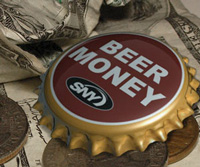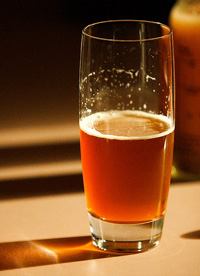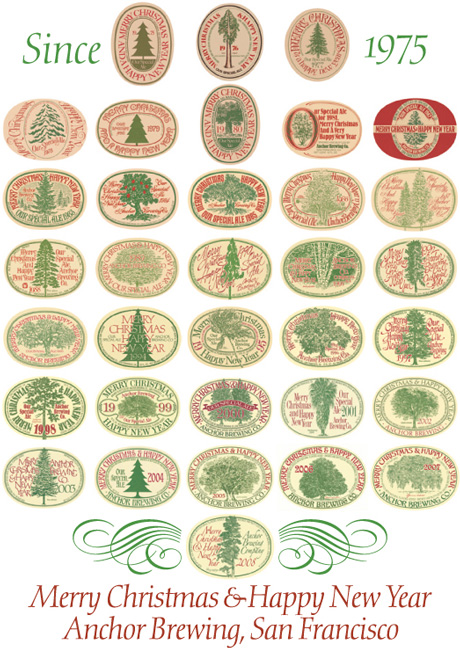I don’t know who Neil Hamilton is, apart from a former British Member of Parliament — a hardcore Thatcherite Conservative — who’s been embroiled in one scandal after another for many years. He doesn’t appear to be the sort of politician I’d normally side with; he even once “strongly” supported lead in gasoline and opposed removing it, not to mention being anti-trade union, anti-immigration anti-child benefit, pro-free market and supporting capital punishment, privatization, and the right of people to sell their organs. So to say we’re polar opposites might be something of an understatement.
But that doesn’t mean we can’t find any common ground. He does have some interesting things to say about drinking and the economy. In an Op-Ed piece in the UK’s Daily Express entitled Why We Have To Save the Great British Pub, Hamilton says things that no politician in America would dare say. And despite everything else he stands for, I have to admire that about him.
You should read it all in context, as it’s about what the UK government is doing with regard to alcohol laws, many of which mirror our own foolhardy efforts. But with so many choice bon mots, it’s hard to resist listing some of my favorites.
We all need something to cheer us up. So, what does our killjoy Government plan to do? Ban happy hour in pubs, that’s what.
And here’s a question that American politicians are loathe to ask.
Quite apart from the obvious uselessness of this measure, what business is it of these interfering busybodies anyway?
And none will admit this truism.
We all know alcoholics can wreck their health; so can madcap drivers but we don’t require signs on all cars saying, “Warning: Death Trap.” There is no “drink problem” in this country; only a small minority of “problem drinkers.”
U.S. alcohol policy is also quite focused on punishing everyone, too.
Why should the rest of us be denied early evening happy hours after work just because a few idiots can’t control themselves in completely different circumstances?
Penalizing everyone because they can’t police a few bad apples.
If a pub or bar habitually serves drinks to drunks, it should lose its licence. If youngsters scream and vomit in the streets, they should be arrested and punished. Why penalise sensible drinkers by raising prices and restricting hours?
And it doesn’t work here, either.
That will do nothing to reduce alcohol abuse or smoking. Addicts of either will just stay in, drinking and smoking more cheaply in front of the TV. Youngsters will tank up at home on cheap vodka before sallying forth for a night on the pull in some raucous bear-pit bar.
So instead of praising beer consumption over higher alcohol drinks like cocktails or wine, our neo-prohibitionists target beer and leave the rest alone.
The paradox of this is that beer is a low-alcohol drink and pubs are a controlled environment, tailor-made to prevent alcohol-related problems.
I presume what he’s saying is perhaps part of normal conservative rhetoric in Great Britain, or he wouldn’t be saying it in a general circulation mainstream newspaper. But over on this side of the pond, it would be positively extreme and radical, the kind of opinions that almost never grace our media outlets, print of otherwise. If one of our conservative politicians said even some of this, they’d be hounded by religious, conservative and neo-prohibitionist groups from now ’till doomsday.
Personally, I just like hearing them from someone other than myself.



